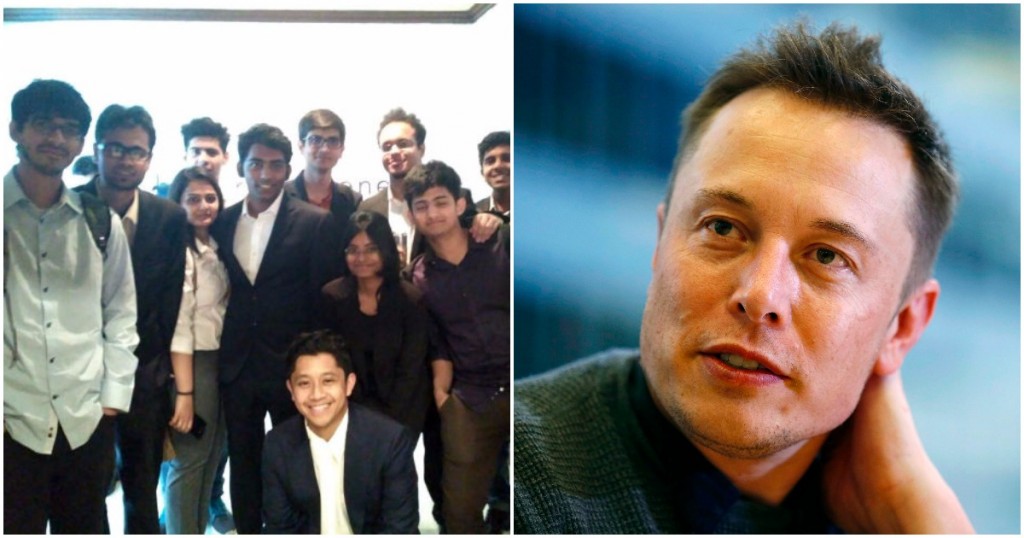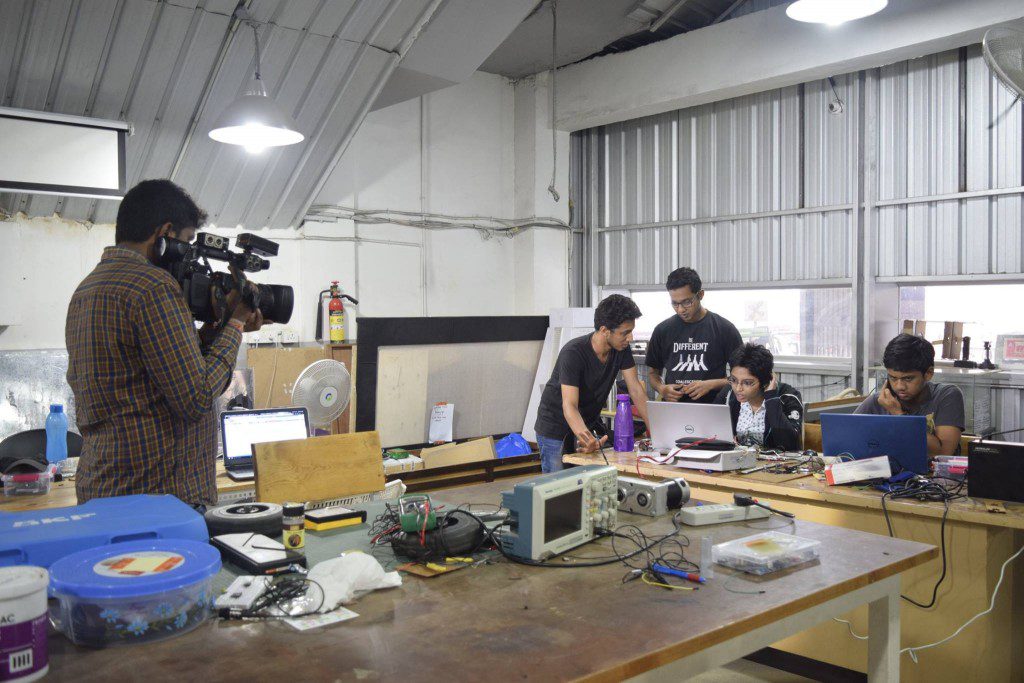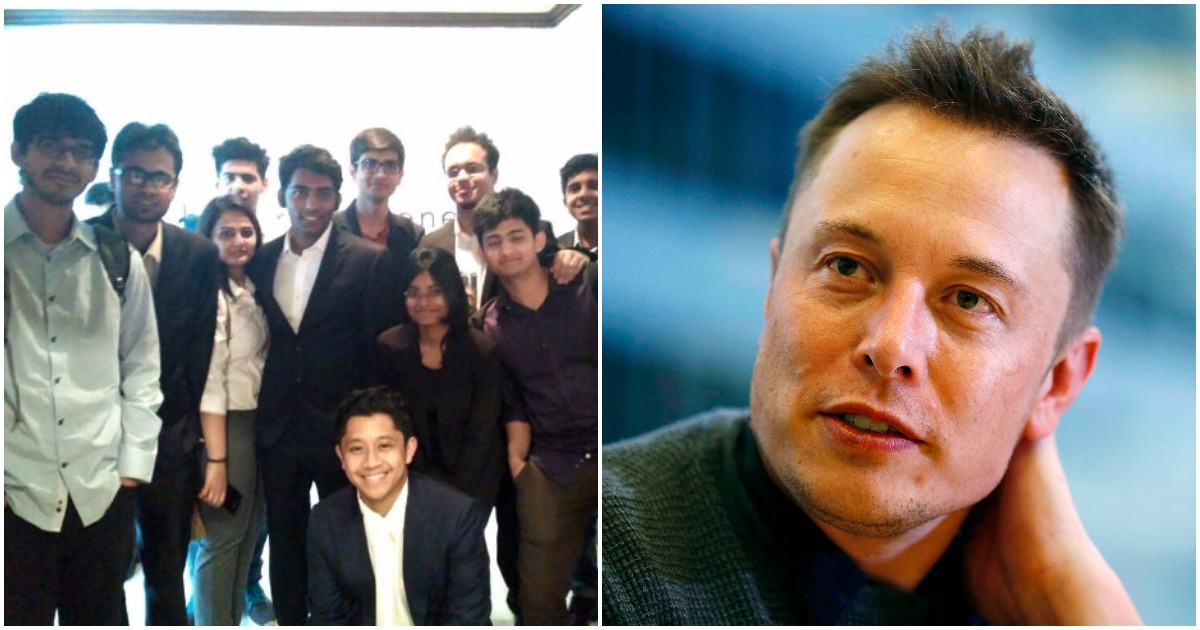Even as Hyperloop One is liaising with the Indian government to bring the Hyperloop to India, an Indian student team is preparing to demonstrate its own Hyperloop technology at the SpaceX headquarters in California.
Hyperloop India, a team run by BITS Pilani students, is now a finalist in Elon Musk’s Hyperloop challenge. Over a thousand student teams had participated in the competition, and 24 of the best designs from across the world were selected. These 24 teams will travel to California, pods in tow, where they will vie to be the fastest to travel the 1 mile distance on a specially constructed track.

It’s likely that the pods will go very fast — Hyperloop technology can transport people at over 1000 kms per hour. It was first proposed by Elon Musk in 2013, who’d then claimed it would become the fifth mode of transport after cars, planes, trains and ships. Hyperloop systems consist of pressurized pods, which travel through steel vacuum tubes using a linear electric motor.
While no working prototypes exist, several private companies are engaged in developing their own solutions. Among the most prominent is Hyperloop One, which had carried out a public test of a rudimentary pod last year, and had declared it to be successful. Hyperloop One had then sent executives over to India, and had released a list of routes where it could build its tubes with some tantalizing timings — a Hyperloop One pod could, for instance, transport people from Mumbai to Delhi in just over an hour.
That’s what appears to have motivated the Hyperloop India team, which describes India’s transportation problem in delightfully nerdy terms. “India’s transport problem is an obvious “sysadmin” issue – A legacy system from the colonial rule running the world’s fastest growing economy,” the team says. They initially found the Hyperloop solution crazy, but felt it deserved a chance. “It was a pity that no one here was trying to work on it! So we decided to at least start trying to do something about it.”
They grouped together into a team of 60 in 2015, and started working on their design. Hyperloop India works out of 5000 square foot space under the Halasuru metro station in Bangalore. Their pod is called the OrcaPod, and promises to be safe, feasible, and hopefully for the SpaceX competition, fast. People have begun to take notice of their efforts — Ripple technologies, an engineering services provider is helping the team create and manufacture its components, and corporates such as Bangalore Metro, and BEML India have lent their support. The team is also running a crowdfunding campaign to help raise money to manufacture the pod — in order to manufacture the pod, the team needs to raise around 20 lakh over the next few weeks.

Once created, the pod can travel at 460 kmph, says Hyperloop India. It’s a far cry from the 700-800 kmph that Hyperloop One claims to be able to touch, but for a student-run team operating out from under a metro station in India, it’ll be a momentous achievement. And if they’re able to compete with the other universities in the SpaceX challenge, which include the likes of Princeton, University of Michigan, and Purdue, they might as well put India on the global map of the most exciting transportation technology of the century.
